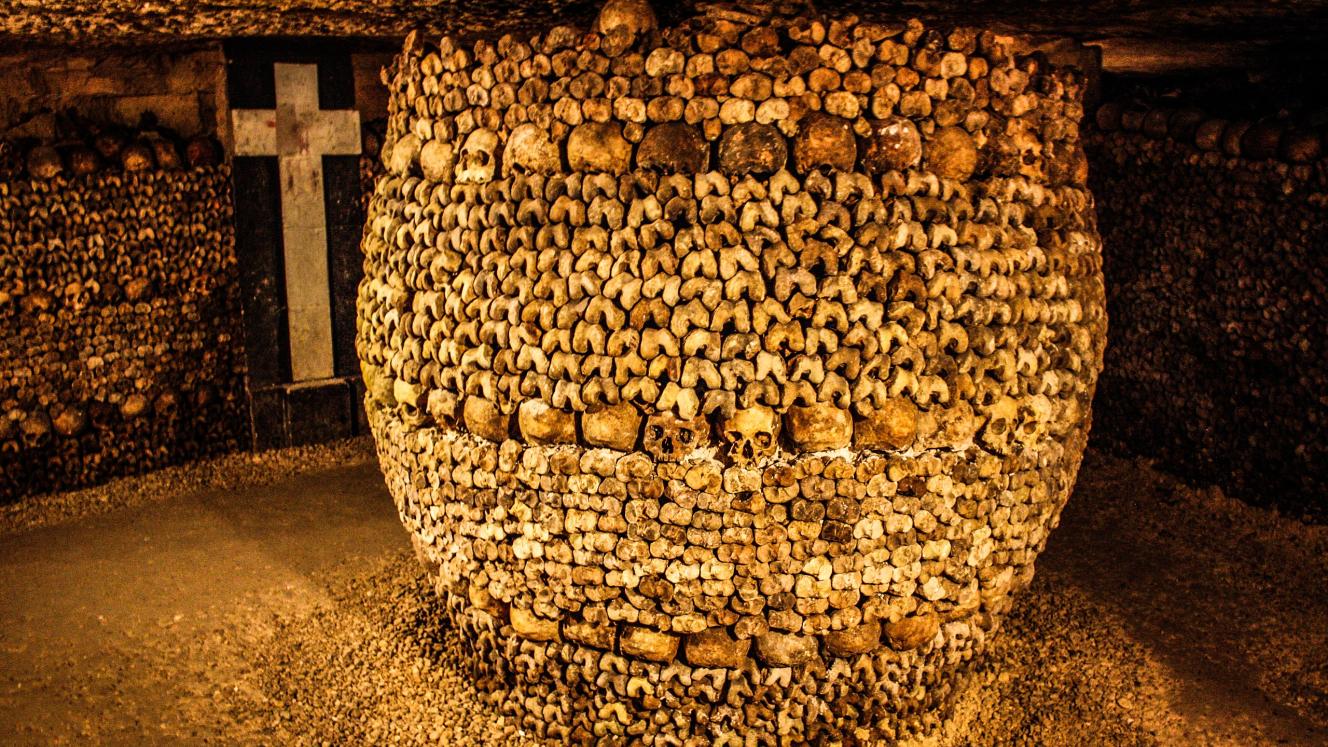Dark tourism is becoming increasingly popular, and research shows its appeal is linked to popular series like HBO’s Chernobyl and Netflix’s Dark Tourist, spotlighting dark tourism hotspots.
According to a recent survey of almost 1 000 US travellers conducted by Passport Photo Online, the phenomenon of ‘dark tourism’ – visiting places historically associated with tragedy and death – is growing. The survey reveals that 82% of Americans have visited at least one dark tourism destination. Of the remaining 18% who haven’t engaged in dark tourism yet, 63% said they were interested in it.
The leading motivations for travelling to morbid destinations are the educational aspects (52%) and a desire to pay tribute to people affected by the ‘dark’ event (47%).
The top three most popular dark tourism destinations for US travellers are the Pearl Harbor National Memorial, the 9/11 Memorial at Ground Zero, and the Catacombs of Paris.
-
9% of respondents felt negatively about the idea of dark tourism,
-
46% said they felt positively about the existence of this type of tourism,
-
18% felt ‘very positive’.
An important trend was that more than half of all travellers did not like fellow tourists who displayed any flippant or disrespectful behaviour at these destinations, especially breaking rules.
Interestingly, dark tourism seems to appeal mostly to the youth.
-
91% of those in Gen Z (25 years or younger) have engaged in dark tourism.
-
83% of millennials have been dark tourists.
-
80% of those in Gen X have done so.
-
71% of Baby Boomers have also been dark tourists.
What’s the appeal?
-
52% of those surveyed value the educational aspect of visiting macabre or dark destinations.
-
47% want to also pay tribute to victims affected by the event.
-
46% seek to ‘emotionally absorb themselves in a place of tragedy’.
War/battlefield tourism (recreational travel to active or former war zones) and disaster tourism (visiting locations at which environmental disasters, either natural or man-made, took place) were ranked as the most interesting types of dark tourism by travellers.
These were followed by exploring cemeteries, travel involving supposed supernatural encounters, visiting places where there had been nuclear explosions, genocide tourism and, finally, seeing prison museums.
As for the arguments against dark tourism, 22% of those who oppose the practice believe it exploits human suffering; 18% also argue that dark tourism sites are sometimes presented with a bias, watering down or whitewashing part of history.
Find the infographics that visualise the results of the survey on Passport Photo Online.













